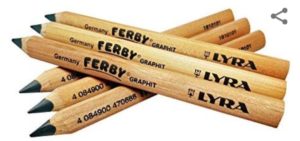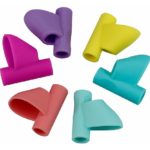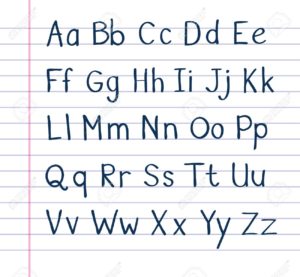LETTER FORMATION
The charts below show a style commonly used in primary. The first chart shows that you begin with the blue (at the tiny circle on top) and then attach the red (again starting with the circle at the top.) Get a printable version of the full alphabet chart here.
When and how to introduce pencils/pens
As with all else, children differ in when they are able to use a pencil. The Steps follow-up activities don’t call for tracing with a pencil until the late 3rd or the 4th Step. Before that, it’s always done with the index finger of their writing hand.
Tracing with a pencil can also be delayed for as long as necessary by having the child key in on a computer or smaller device the words someone has written for them. In any case, their experience with print should not be held back by lack of motor control. Very young children will delight in seeing how their “talk” looks translated into print. And they will absorb the connections with ease, just as they did when learning to speak.
I would allow a child to hold a pencil or pen in any way they want until sometime around 3 1/2 to 4 years old. After that, I would try introducing them to the correct use of pencils, as the normal way of holding them will ultimately give them more comfort and flexibility. Here are some ideas for showing a child how to hold a pencil correctly:
Use an “Alligator Mouth”:
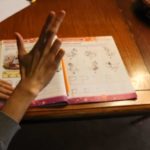
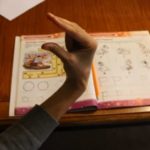
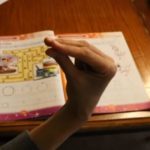


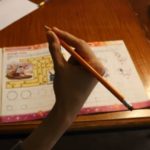
materials to help
A short, trianglular pencil is easier to hold correctly — or — perhaps try some pencil grips. These images were found by googling “devices for holding a pencil correctly.”
